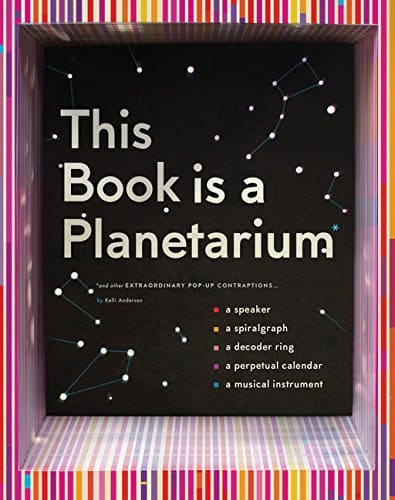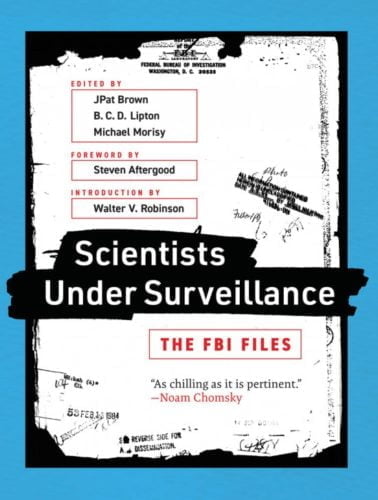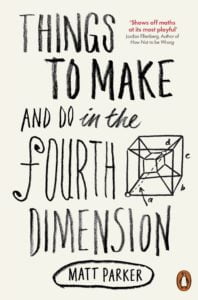One of the greatest human accomplishments of the 20th century was space travel. Less than twelve years after the Soviet Union launched the first satellite, Sputnik, the Americans sent humans to the Moon in the Apollo program. Michael Neufeld provides a short history of spaceflight in this installment of the MIT Press Essential Knowledge series. He maps the broad range of activities that humans have developed in space.
According to Neufeld, “the space program” should not be restricted to human spaceflight. Unmanned military and commercial spacecraft have been orbiting the Earth since the 1960s, and robotic explorers of deep space have returned breathtaking photos of other worlds. Neufeld starts his book by tracing the history of space exploration and the realization that rocketry may be employed for space travel. Then he talks about the Cold War space competition between the USSR and the US and reminds us that NASA still didn’t want to hire any women astronauts even after the Soviets launched the first female cosmonaut into orbit. He examines the Apollo program’s two justifications: status and scientific advancement (this last is something of an afterthought). He discusses the post-Cold War internationalization and privatization of human spaceflight, the cultural impact of space science fiction, such as Star Trek and Star Wars, ultra-rich space tourism, and the widespread yearning to travel to space. This book serves as a helpful introduction regardless of whether humans continue to live on Earth or move on to other planets, as some expect.
















